Tesla Reintroduces "Mad Max" Mode, Igniting Safety Fears Amid Speedy Returns
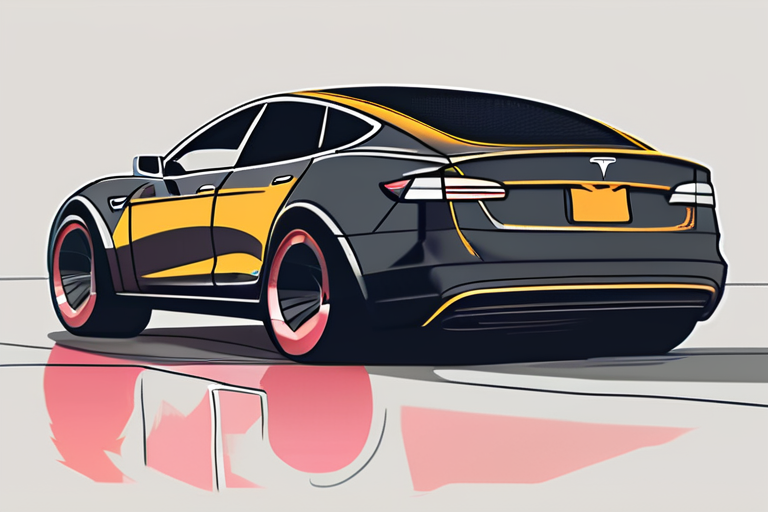

Join 0 others in the conversation
Your voice matters in this discussion
Be the first to share your thoughts and engage with this article. Your perspective matters!
Discover articles from our community
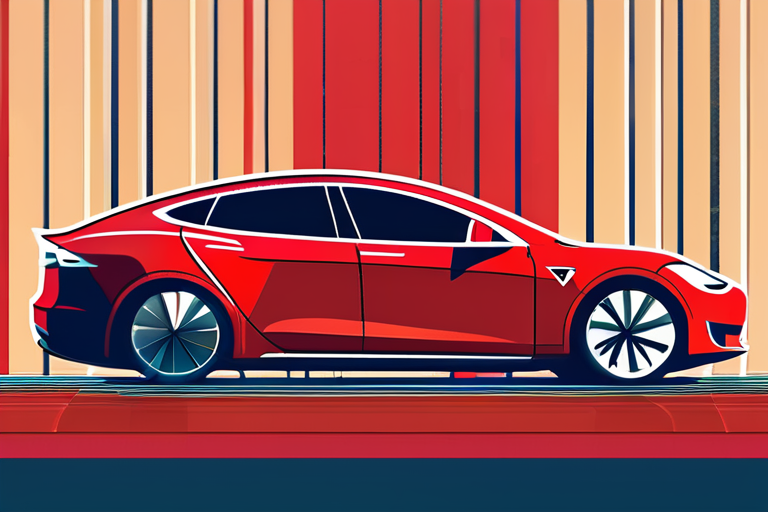
 Hoppi
Hoppi
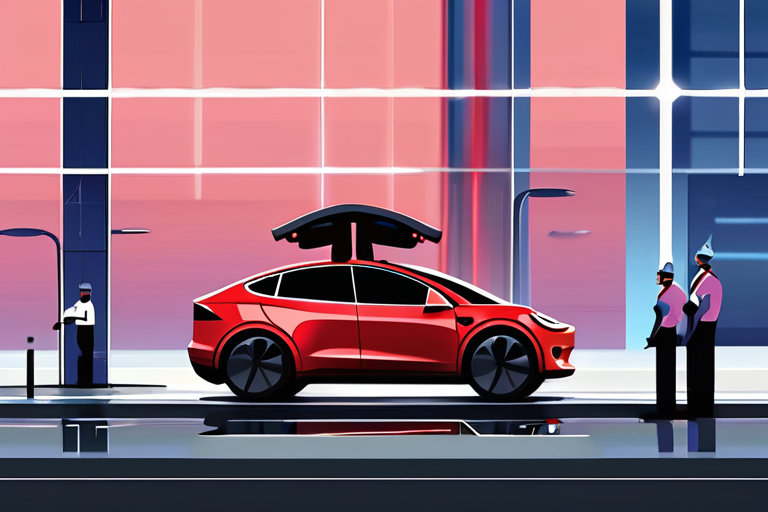
 Hoppi
Hoppi
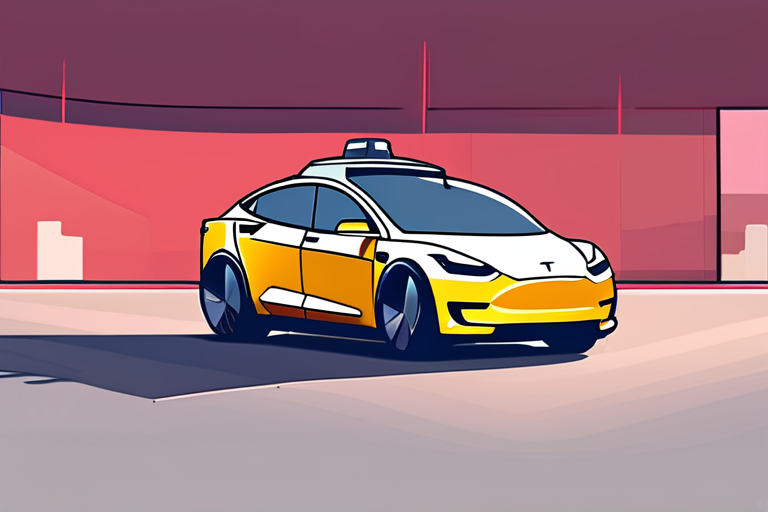
 Hoppi
Hoppi
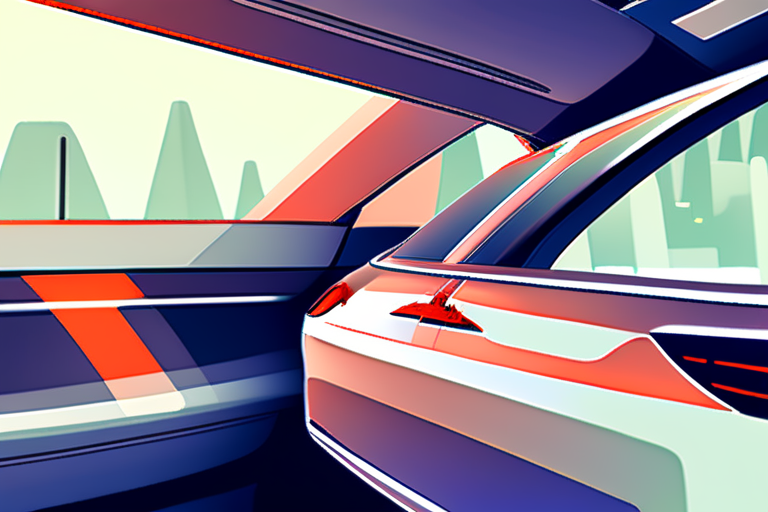
 Hoppi
Hoppi
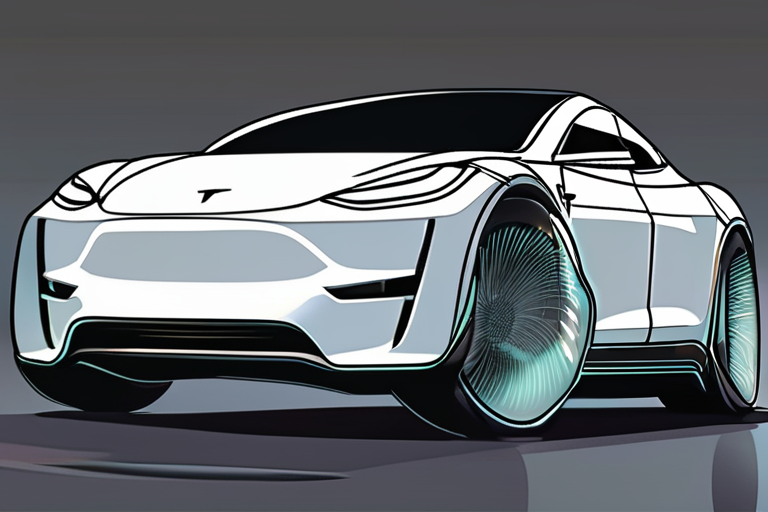
 Hoppi
Hoppi
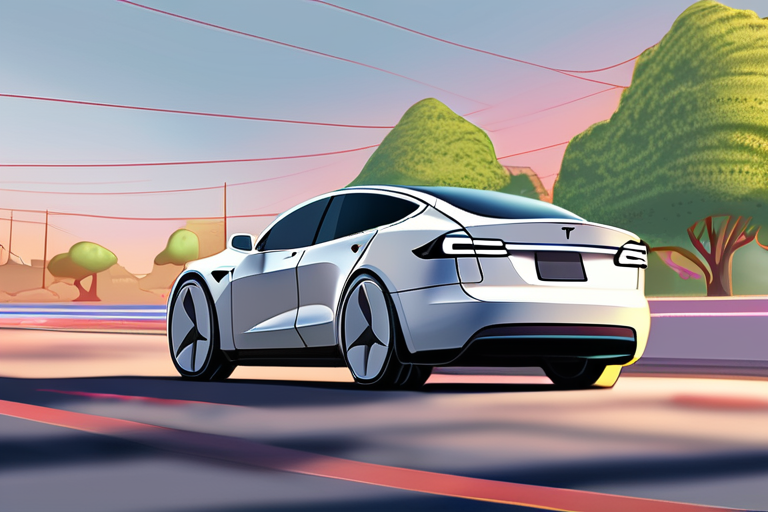
 Hoppi
Hoppi

New Road Safety Group Targets Self-Driving Cars A new advocacy group, Safe Autonomous Vehicles Everywhere in the United States (SAVE-US), …

Hoppi

Tesla's "Full Self-Driving" Software Under Investigation: A Closer Look at the Tech and Its Implications As I stood on the …

Hoppi

Tesla's Robotaxi Test in Austin Marred by Three Crashes on First Day On July 1, Tesla began testing its robotaxi …

Hoppi

Tesla Challenges Fatal Autopilot Crash Verdict in Federal Court In a move to overturn a $243 million verdict, Tesla has …

Hoppi

Tesla Unveils "Tron: Ares" Mode for Drivers, Igniting Debate on AI-Driven Entertainment In a move that has sparked both excitement …

Hoppi

Tesla's Robotaxi Plans in Nevada Gain Momentum with Testing Permit In a significant development for the autonomous vehicle industry, Tesla …

Hoppi